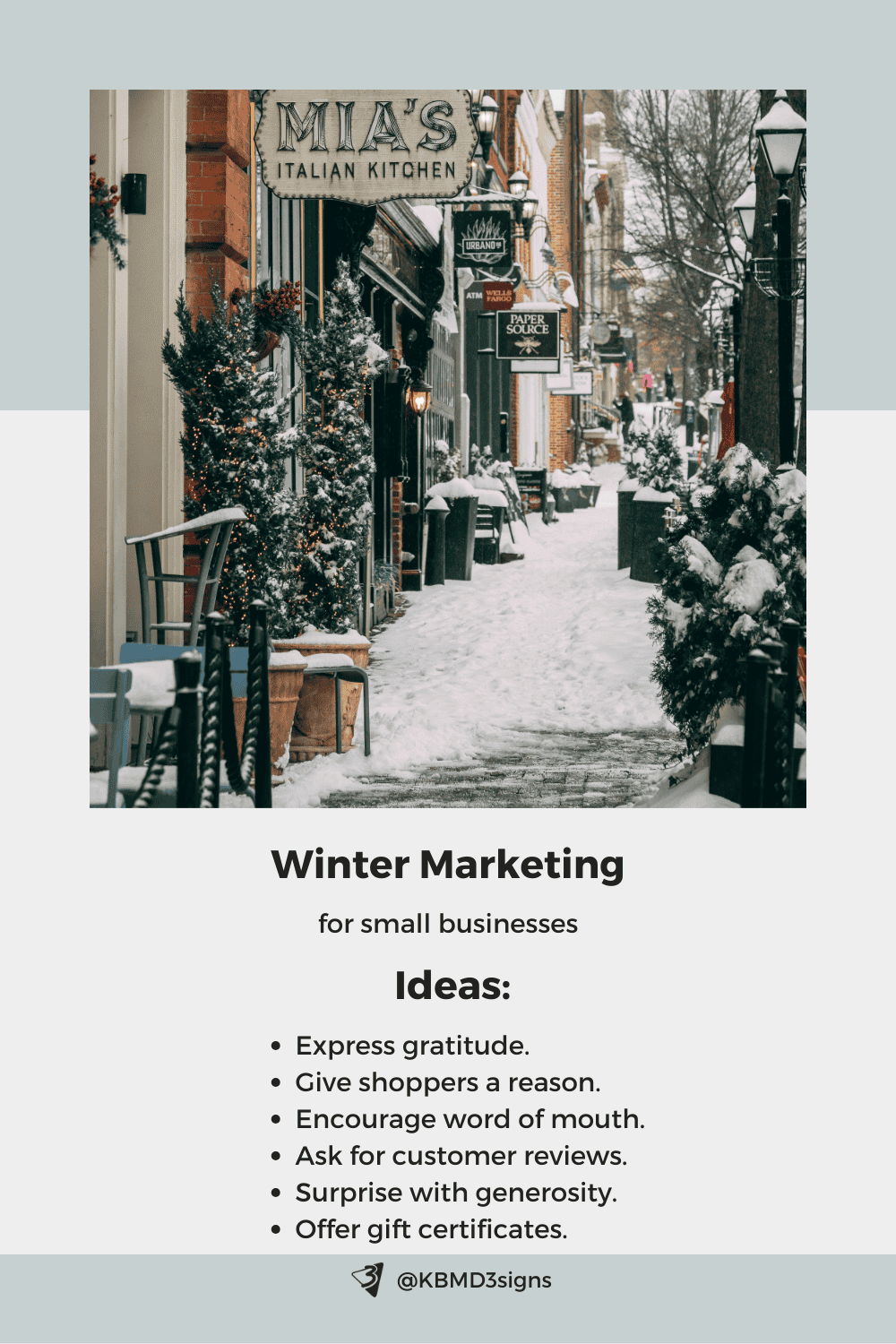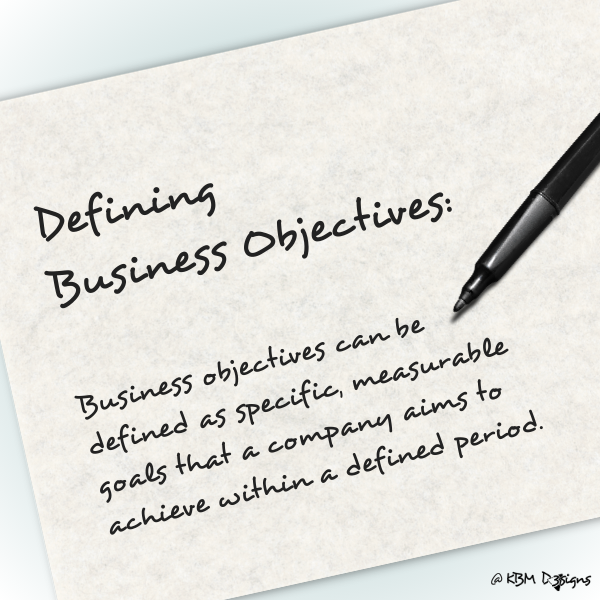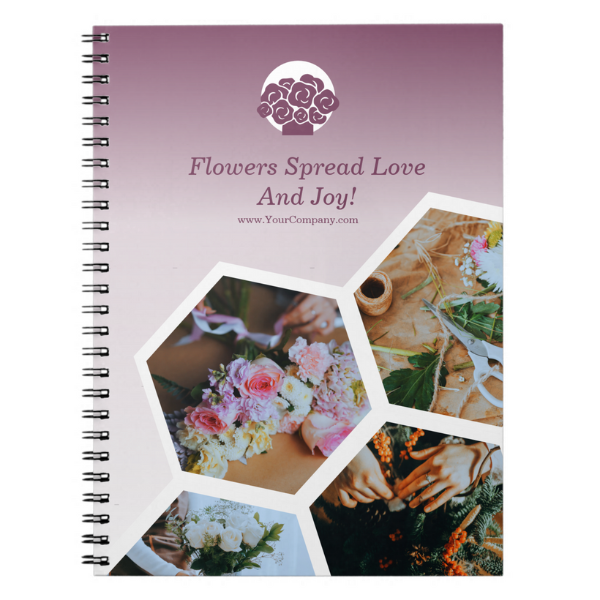What Is A Tag Line? In the fast-paced world of marketing and branding, businesses strive to make a lasting impression on consumers. Amidst the myriad of strategies, one small but powerful element often takes center stage—the tag line. This unassuming line of text plays a pivotal role in shaping brand identity, evoking emotions, and etching a memorable image in the minds of the audience.

Article Content:
1. What Is a Tag Line? – Defining a Tag Line:
A tag line, also known as a slogan, is a concise and memorable phrase that encapsulates the essence of a brand, product, or company. It serves as a verbal emblem, condensing the core message or value proposition into a few carefully chosen words. The objective is to create a lasting impact, making the brand easily recognizable and differentiating it from competitors.
Purpose and Importance:
- Brand Recognition: A well-crafted tag line enhances brand recognition by associating a succinct message with the company. Think of Nike’s iconic “Just Do It” or McDonald’s “I’m Lovin’ It”—these tag lines instantly bring the brand to mind.
- Communicating Values: Tag lines communicate the brand’s values and mission in a concise manner. For example, Apple’s “Think Different” conveys innovation and uniqueness, aligning with the company’s philosophy.
- Emotional Connection: Successful tag lines often evoke emotions, forging a connection between the brand and the consumer. Coca-Cola’s “Open Happiness” goes beyond the product to evoke above all positive feelings associated with joy and refreshment.
- Marketing and Advertisement: Tag lines are a powerful tool in marketing and advertising campaigns. They provide a hook that grabs consumers’ attention and sticks in their minds, making them more likely to recall the brand when they make a purchase decision.
Crafting an Effective Tag Line:
Creating a memorable tag line requires a thoughtful process. Here are some key considerations:
- Clarity: A tag line should convey the brand message clearly and succinctly. Ambiguity can dilute its impact.
- Memorability: The best tag lines are easy to remember. Aim overall for simplicity and avoid overly complex language.
- Relevance: The tag line should align with the brand identity and resonate with the target audience. It should reflect the values and personality of the brand.
- Uniqueness: A distinctive tag line helps the brand stand out in a crowded market. It should set the brand apart from competitors.
To Sum It Up:
In the realm of marketing, where attention spans are in particular fleeting and competition is fierce, a tag line emerges as a potent tool for leaving a lasting imprint. Whether it’s a call to action, a reflection of values, or an emotional trigger, the tag line serves as the voice of a brand, echoing in the minds of consumers long after the initial encounter. Crafting a memorable tag line is an art form that, when done successfully, can elevate a brand from being just a product to a meaningful and enduring presence in the hearts and minds of its audience.
2. Is There a Difference Between “Tag Line” and “Tagline”?
The terms “tag line” and “tagline” are often used interchangeably, and their meanings are essentially the same. However, some style guides and dictionaries might prefer one version over the other.
In general, “tagline” is more commonly used and recognized. It refers to a memorable phrase or slogan associated with a product, brand, company, or individual. A tagline used in marketing and advertising conveys a key message. Alternatively, its message evokes a particular feeling or association.
“Tag line” (with a space) is a less common variant but is still understood to mean the same thing. The difference is largely a matter of style and personal preference. If you are writing in a formal context or following a specific style guide, it’s a good idea to check the preferred usage in that context. However, in everyday usage, “tagline” is generally more widely accepted and recognized.
3. What Is the Difference Between Tagline and Slogan?
The terms “tagline” and “slogan” are often used interchangeably, and their meanings overlap to a great extent. However, some distinctions can be made in their usage:
Usage in Marketing:
Tagline: The term is often associated with marketing and branding. A tagline is a short, memorable phrase used to convey the essence or message of a brand, product, or company. It typically forms part of the brand identity and aims to leave a lasting impression on the public.
Slogan: Like a tagline, a slogan is also used in marketing, and the terms are frequently interchangeable. A slogan is a concise and memorable phrase used in advertising campaigns to create brand recognition and association. It is often used temporarily for specific marketing efforts.
Durability and Versatility:
Tagline: Taglines are often considered more enduring and are intended to represent the brand consistently over a more extended period. They are part of the brand’s identity and may not change frequently.
Slogan: Slogans are sometimes more transient and can change with different marketing campaigns. They are versatile and may be crafted to suit specific promotions or events.
Scope of Application:
Tagline: Taglines are broader and are designed to encapsulate the overall identity and values of a brand. They are often used across various marketing materials and contexts.
Slogan: Slogans can be in fact more campaign-specific. They may focus on a particular product, promotion, or theme within a broader brand context.
In practice, these distinctions are not always strictly adhered to, and the terms are often used interchangeably. Both taglines and slogans aim to capture the essence of a brand or campaign in a brief and memorable way, making them powerful tools in marketing and advertising.
4. When and Where to Use a Tagline in Offline Marketing Items
Using a tagline in offline marketing items can significantly enhance brand recognition and leave a lasting impression on your target audience. Here are some key offline marketing items where you can effectively incorporate a tagline:
Business Cards:
Include your tagline on your business cards to provide a quick and memorable snapshot of your brand when networking or meeting potential clients.
Brochures and Flyers:
Integrate your tagline into the design of brochures and flyers to communicate your brand message succinctly and create a memorable association with your products or services.
Print Advertisements:
Whether it’s in newspapers, magazines, or other print publications, a tagline can serve as a catchy headline or a concluding statement that reinforces your brand message.
Billboards and Outdoor Advertising:
On large-format displays like billboards or posters, a concise tagline can be a powerful tool to capture attention and convey overall a memorable message to a wide audience.
Packaging:
Incorporate your tagline on product packaging in order to reinforce your brand identity and create a connection with consumers at the point of purchase.
Signage:
Use your tagline on storefront signage or banners to make a strong first impression and communicate your brand message to passersby.
Direct Mail:
Whether in the form of postcards, letters, or catalogs, including your tagline in direct mail materials can reinforce your brand identity and improve recall.
Event Materials:
For trade shows, conferences, or other events, use your tagline on banners, booth displays, and promotional materials in order to attract attention and communicate your brand message effectively.
Vehicle Branding:
If your business utilizes company vehicles, incorporate your tagline into the vehicle branding to increase visibility and create an overall memorable impression as the vehicles travel.
Merchandise:
If you distribute promotional merchandise (such as pens, notepads, notebooks or apparel), consider incorporating your tagline into the design to enhance brand recall.
The key, however, is the seamless integration of the tagline into the design of these offline marketing pieces. It should be legible, easily understood, and aligned with your overall brand message. Consistency in using the tagline across various offline channels helps reinforce brand identity and makes it more likely to stick in the minds of your audience.
Visit
Zazzle Store
5. Can You Protect a Tag Line?
Yes, it is possible to protect a tagline through intellectual property laws, specifically through trademark registration. Trademarks are legal protections granted to distinctive signs, symbols, names, and phrases associated with goods or services. Since a tagline is a concise and memorable phrase associated with a brand, it can qualify for trademark protection.
To protect a tagline, a business or individual can follow these general steps:
Conduct a Trademark Search:
Before applying for a trademark, it’s crucial to conduct a thorough search to ensure that the tagline is unique and not already in use or registered by another entity. This search helps avoid potential conflicts and rejections during the application process.
Trademark Application:
Once there is confirmation that the tagline is available, the next step is to file a trademark application with the appropriate intellectual property office. In the United States, this usually occurs through the United States Patent and Trademark Office (USPTO). In other countries, the process may vary, but usually involves filing with the national or regional trademark office.
Specify Goods and Services:
When filing the trademark application, it’s important to specify the goods or services with which the tagline is associated. Trademarks are registered in specific classes of goods and services, and the protection is limited to those specified categories.
Maintain and Enforce the Trademark:
Once you registered the tagline, it’s essential to actively use and maintain the trademark. Neglecting use may result in the loss of protection. Additionally, the trademark owner should monitor and enforce their rights, taking action against any unauthorized use that may dilute or infringe on the protected tagline.
Trademark Protection Provides:
Trademark protection provides legal recourse against others who may attempt to use a similar tagline in a way that could create confusion among consumers. It’s important to note that the level of protection can vary depending on factors such as the distinctiveness of the tagline and the strength of the associated trademark.
All in all, consulting with a trademark attorney is advisable for a thorough understanding of the legal requirements and procedures involved in protecting a tagline through trademark registration.
-

6 Winter Marketing Ideas for Small Businesses
Read the post …: 6 Winter Marketing Ideas for Small Businesses -

6 Offline Summer Marketing Ideas for Small Businesses
Read the post …: 6 Offline Summer Marketing Ideas for Small Businesses -

What is Seasonal Marketing? A Guide for Small Business Offline Success
Read the post …: What is Seasonal Marketing? A Guide for Small Business Offline Success
6. Frequently Asked Questions (faqs) About the Use of a Tag Line on Marketing Materials:
When considering the use of a tagline on marketing materials, various questions may arise regarding its effectiveness, legal aspects, and strategic implementation. Here are some FAQs regarding the use of taglines in marketing:
A tagline is a short, memorable phrase that encapsulates the essence of a brand or product. It is important in marketing because it helps convey a brand’s message, values, or unique selling proposition in a concise and memorable way, aiding in brand recognition and recall.
Creating an effective tagline involves understanding your brand identity, values, and target audience. It should be clear, memorable, and aligned with your overall branding strategy. Consider seeking input from stakeholders and conducting market research.
The placement of a tagline depends also on the specific marketing material. Common locations include headlines, banners, product packaging, and near the brand logo. It should be visible and integrated seamlessly into the overall design.
Yes, a well-crafted slogan is reusable in various marketing channels and provides consistent messaging. However, it’s important to adapt the tagline to the medium and context while maintaining its core message.
While it’s not necessary, incorporating a tagline into a logo can reinforce the brand message. However, it’s important to ensure that the tagline remains legible and visually balanced within the logo design.
To protect a tagline, consider registering it as a trademark. Conduct a thorough trademark search to ensure its uniqueness, file a trademark application with the relevant intellectual property office, and actively use and enforce the trademark once registered.
Yes, taglines can change to reflect evolving brand strategies or messages. However, it’s important to communicate changes effectively to maintain consistency and avoid consumer confusion.
When targeting international markets, consider translating your tagline to ensure cultural relevance and avoid unintended meanings. Work with language experts to maintain the essence of the tagline while adapting it to different languages and cultures.
Effectiveness can be measured through brand recognition surveys, customer feedback, and tracking key performance indicators (KPIs) such as increased brand awareness, website traffic, or sales attributed to the marketing campaign.
Yes, you can use your tagline in multiple marketing channels, including both offline (print, outdoor, events) and online (web, social media, digital advertising). Adapt the tagline to meet the specific needs of each channel.
When using a tagline in marketing materials, it’s important to approach it strategically, keeping the brand’s overall goals and messaging in mind. Regularly assess its impact and be open to refining or updating it to stay relevant in a dynamic market.
-

What Is A Brand Partnership? – A Small Business Perspective
Read the post …: What Is A Brand Partnership? – A Small Business Perspective -

What Are Business Objectives?” Perspective Of A Small Business
Read the post …: What Are Business Objectives?” Perspective Of A Small Business -

What Is A Focus Group Market Research? – SMB Perspective
Read the post …: What Is A Focus Group Market Research? – SMB Perspective








